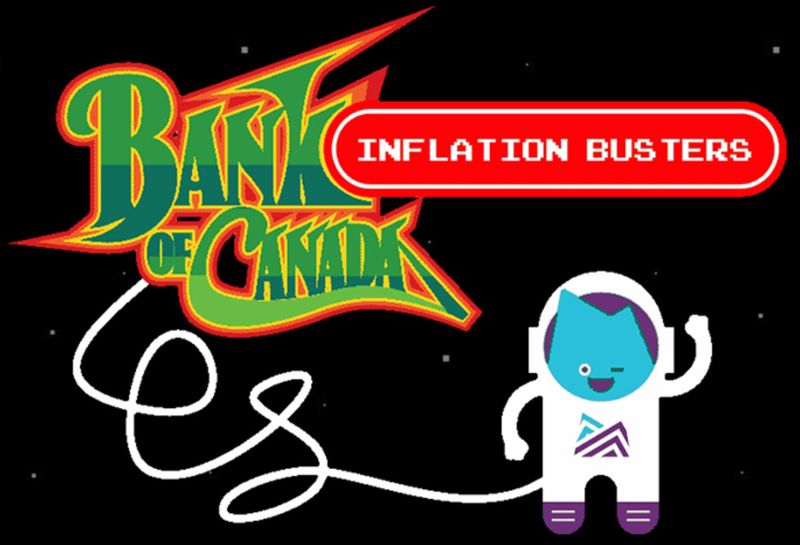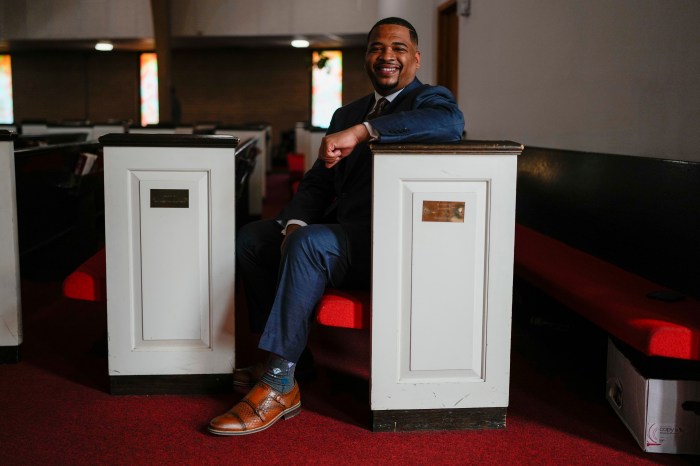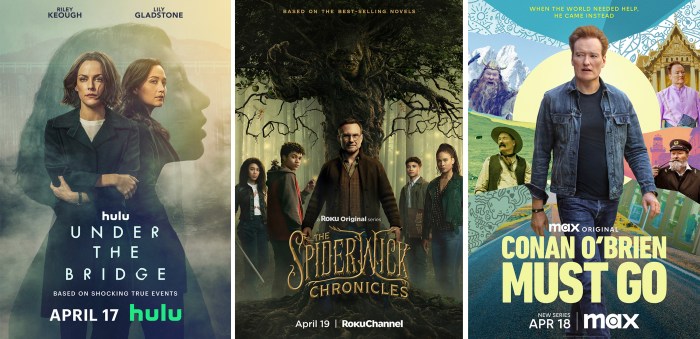OTTAWA (Reuters) – When the Bank of Canada launched its new $10 bill in 2018, it hid a Space Invaders-like video game called Inflation Busters inside the bill’s web page, a fun diversion that caught on with a wider audience than usual for a central bank.
The throwback game, along with the Bank of Jamaica’s reggae music videos and the European Central Bank’s podcast series, is an example of how global central banks are getting creative in delivering their messages directly to the public they serve.
It’s a push that has become increasingly important amid the COVID-19 crisis and the rise of misinformation, a point made by the Bank of Canada’s governor, Tiff Macklem, at a major central banking symposium in late August.
Since starting the job in June, Macklem has used his platform to gently prod his fellow central bankers on building public trust and has spoken out on income inequality, a hot-button topic not normally discussed by central bank governors.
“These are really pretty big issues and important issues, and I take my hat off to Macklem for raising them,” said David Dodge, who was governor of the Bank of Canada from 2001-2008.
While reggae songs and video games are all the rage, the Bank of Canada’s everyday outreach is not likely to be trending anytime soon. Instead of “going viral,” the goal is to use non-traditional avenues to build credibility with a broader audience, including Canadians who get much of their information from social media.
“I think it’s incumbent on us to really ensure that as many Canadians as possible understand what we’re trying to achieve,” Bank of Canada Deputy Governor Lawrence Schembri told Reuters in an interview on the central bank’s engagement strategy.
“It’s a multi-pronged effort to broaden the base of our audience and to tailor the messages for them,” he said, “but at the same time ensure consistency across the different vehicles we’re using to communicate.”
The idea is that if Canadians better understand what the central bank does and how the economy works, monetary policy will be more effective, he said.
The strategy involves simplified explainers, videos and animations, along with direct outreach to diverse community groups, university student challenges, and some splashier efforts like the banknote campaign.
Longer term, the central bank wants to tap more directly into schools, particularly those serving indigenous and under-privileged youth, Schembri said.
LET’S TALK INFLATION
The Bank of Canada has, for the first time, also asked Canadians for their input as it reviews its 2% inflation target, along with alternative monetary policy frameworks, ahead of the policy renewal next year.
“In the past, a lot of our communication has been unidirectional – from us to our audiences,” said Schembri. “One of the things that we have really tried to do with this engagement for the inflation target renewal is really listen.”
While many Canadians are not even aware of the current monetary policy framework, let alone why the central bank would consider changing to a new one, more than 8,500 people have responded to the inflation survey.
Still, that’s just a fraction of the nearly 600,000 who have so far watched reggae star Denyque’s inflation dubplate on the Bank of Jamaica’s Twitter feed.
“From a communications perspective there’s a big win in going viral,” said Josh Greenberg, a media and communications expert at Carleton University who consulted on the Bank of Canada’s $10 bill engagement strategy. “But going viral usually requires a commitment to a level of irony and self-deprecation that I would argue is unbecoming of a central bank.”
(Reporting by Julie Gordon in Ottawa; Editing by Leslie Adler)


















